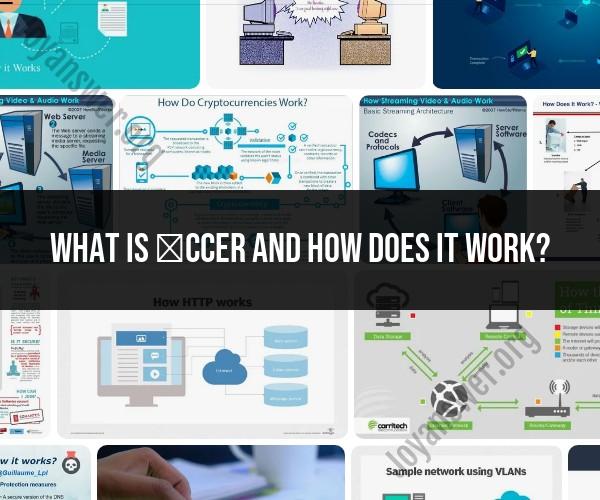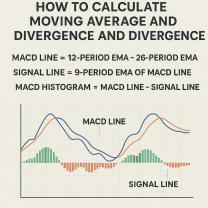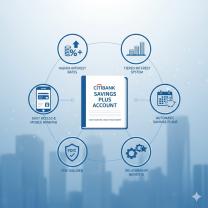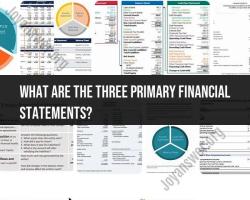What is CCER and how does it work?
CCER stands for China Certified Emission Reduction. It's a carbon emissions trading program established by the Chinese government to control and reduce carbon emissions, contributing to the global efforts to combat climate change.
How CCER Works:
Carbon Market Mechanism:
- CCER operates as a market-based mechanism where entities can buy and sell carbon credits.
- Companies that reduce their carbon emissions below a certain level can generate CCER credits.
Emission Reduction Projects:
- Companies or entities implement projects aimed at reducing greenhouse gas emissions.
- These projects could involve renewable energy installations, energy efficiency improvements, afforestation, or other initiatives that reduce carbon emissions.
Verification and Certification:
- Independent third-party verifiers assess the emissions reduction projects to ensure they meet specified standards and criteria.
- Upon successful verification, these projects receive CCER credits based on the amount of emissions reduced.
Trading and Compliance:
- Entities with high emissions can purchase CCER credits to offset their excess emissions and comply with regulatory requirements.
- Companies can use purchased CCER credits to meet their emissions reduction targets set by the government.
Government Oversight:
- The Chinese government oversees and regulates the CCER program, setting emission reduction targets, standards, and trading rules.
- It aims to gradually reduce carbon emissions across various industries and regions in China.
Goals and Impact:
- Emission Reduction: The primary goal of CCER is to incentivize emission reduction efforts by providing a market for trading carbon credits.
- Support for Clean Energy: It promotes investments in cleaner technologies and renewable energy sources by providing financial incentives for emissions reduction projects.
- Contribution to Climate Goals: CCER contributes to China's efforts to meet its commitments under international climate agreements, such as the Paris Agreement.
CCER serves as a mechanism to encourage emission reduction activities, foster sustainable development, and mitigate the impact of climate change by creating a market for trading carbon credits within China.
Sure, here is a comprehensive overview of CCER (Commercial Card Expense Reporting):
1. Understanding CCER and Its Functionalities
Commercial Card Expense Reporting (CCER) is a computerized system that enables businesses to manage and track expenses incurred through corporate credit cards. It streamlines the expense management process by automating and centralizing various tasks, including:
Transaction capture: CCER automatically captures transaction data from corporate credit cards, eliminating the need for manual data entry.
Expense categorization: CCER automatically categorizes expenses based on predefined rules or user input, facilitating easier analysis and reporting.
Receipt management: CCER allows users to upload and attach digital receipts to their expenses, providing supporting documentation for financial audits.
Approval workflow: CCER facilitates multi-level approval workflows, ensuring that expenses are authorized by appropriate personnel.
Reporting and analysis: CCER generates comprehensive reports on expense trends, individual spending patterns, and overall company expenditures.
2. CCER in Commercial Card Usage
CCER plays a crucial role in managing corporate card usage by providing a centralized platform for expense reporting, tracking, and analysis. It helps businesses:
Gain visibility into spending patterns: CCER provides real-time insights into company expenditures, enabling businesses to identify areas of potential savings or areas that require further scrutiny.
Enforce spending policies: CCER can be configured to enforce spending policies, preventing unauthorized or non-compliant transactions.
Simplify expense reporting: CCER eliminates the need for manual expense reports, reducing paperwork and saving time for employees.
Improve expense accuracy: CCER reduces data entry errors and ensures consistency in expense reporting.
Enhance compliance and auditability: CCER maintains a centralized record of all expenses, facilitating compliance with financial regulations and making it easier to prepare for audits.
3. Industries and Businesses Utilizing CCER
CCER is widely used across various industries, including:
Financial services: Banks, investment firms, and insurance companies use CCER to manage expenses related to travel, entertainment, and business development.
Technology: Software companies, IT consulting firms, and telecommunications providers use CCER to manage expenses associated with hardware purchases, software subscriptions, and travel for technical conferences.
Retail and consumer goods: Retail chains, manufacturing companies, and consumer goods manufacturers use CCER to manage expenses related to business travel, marketing campaigns, and supplier purchases.
Healthcare: Hospitals, clinics, and pharmaceutical companies use CCER to manage expenses related to medical equipment, travel for professional conferences, and educational materials.
4. Advantages of Integrating CCER into Corporate Expense Management
Integrating CCER into corporate expense management systems offers several advantages, including:
Streamlined expense reporting: CCER automates expense reporting, reducing the burden on employees and freeing up their time for more productive tasks.
Improved data accuracy: CCER reduces data entry errors, ensuring the accuracy of expense reporting and financial data.
Enhanced control over spending: CCER provides businesses with real-time visibility into spending patterns, enabling them to identify and address potential issues promptly.
Reduced administrative costs: CCER automates many manual tasks, reducing the administrative costs associated with expense management.
Improved compliance: CCER helps businesses enforce spending policies and maintain compliance with financial regulations.
5. Benefits of CCER Compliance and Reporting
CCER compliance and reporting offer several benefits to businesses, including:
Reduced risk of fraud: CCER's automated controls and reporting capabilities help detect and prevent fraudulent transactions.
Improved financial transparency: CCER provides detailed insights into company expenditures, fostering transparency and accountability.
Enhanced decision-making: CCER data empowers businesses to make informed decisions about resource allocation, spending patterns, and policy adjustments.
Simplified audits: CCER's centralized records and comprehensive reports facilitate smoother and more efficient audits.
Increased employee satisfaction: CCER streamlines the expense reporting process, reducing frustration and increasing employee satisfaction.












